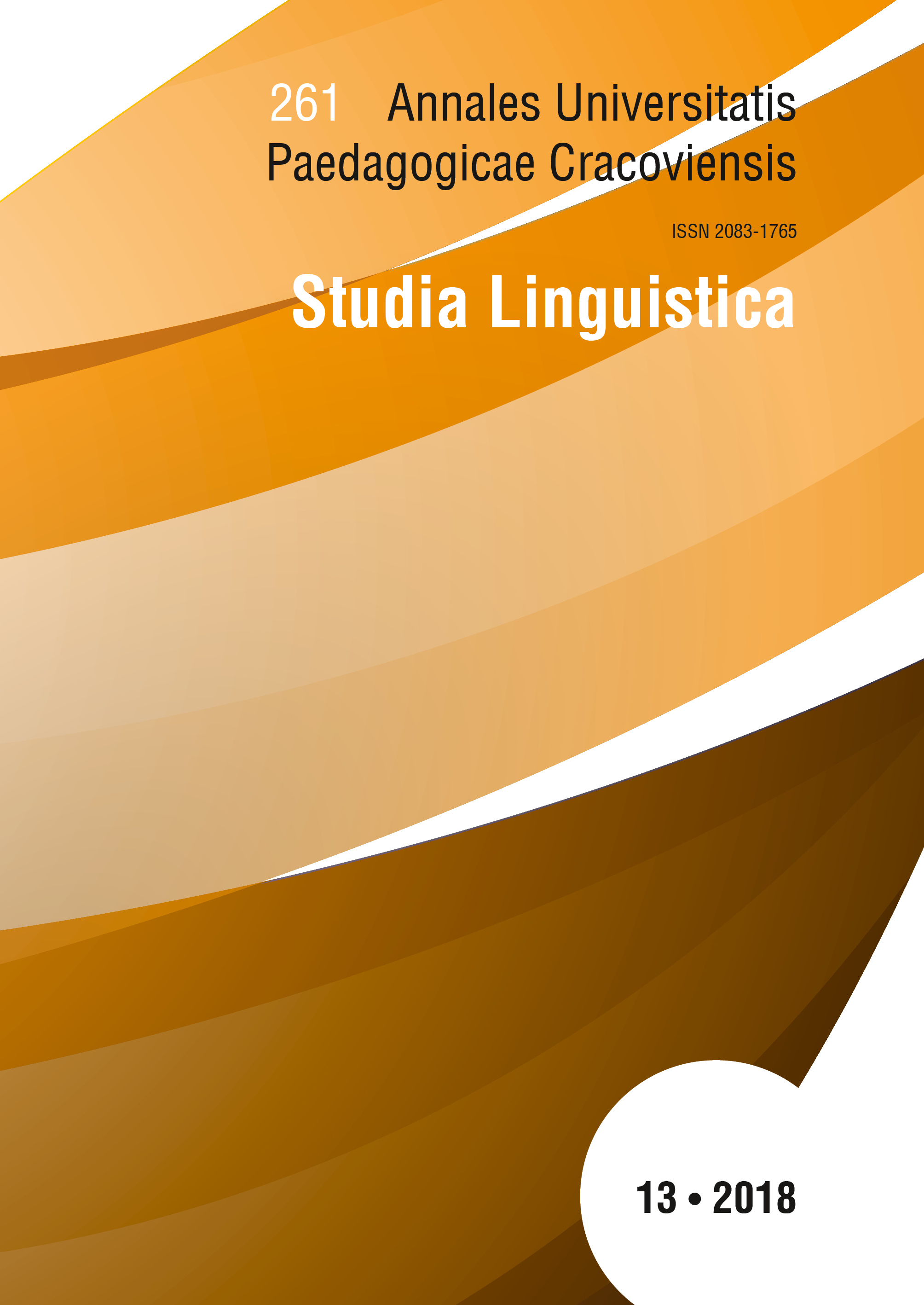The middle- and modern-Polish names of women’s maladies in Polish history
Main Article Content
Abstract
In the herein article the forty-four lexical units were analysed thoroughly by semasiological method. They were coupled with the middle and modern-Polish ‘women’s trouble’. The written material was gathered throughout based upon the formal structure of collected lexemes. It turned out that the investigated units concentrated around six fields: 1. Uterus, 2. Secre- tions, 3. Breath, 4. Pain, 5. Time, 6. Woman. The primary meaning of many analysed appellations were neutral, they were concerned mainly with the physical ailments. Around the 19th century the researched units were correlated with the hysteria. The ongoing and signalized semantic change was influenced by the socio-cultural factors. The fashion of that time contributed deeply to the manifestation of these supposed women’s maladies.
Downloads
Article Details
Author, submitting a text to the editorial board of the journal “Annales Universitatis Paedagogicae Cracoviensis. Studia Linguistica", certifies that the content of the article has not been published so far and that the work does not violate in any way the copyright or related rights of other person, as well as other rights of third parties, and that no one's rights to the work (or any part thereof) have been missed. After signing the contract, the property rights to the published materials are transferred to the Scientific Publisher of the University of the National Education Commission, Krakow.
“Annales Universitatis Paedagogicae Cracoviensis. Studia Linguistica” is an open access journal, and all its content is made available free of charge to users and institutions under the Creative Commons CC-BY-NC-ND 4.0 license (attribution, non-commercial use, no derivative works). Under this license, the authors agree that their work may be lawfully reused for any purpose, except for commercial purposes, without the prior consent of the author or publisher. Everyone can read, download, copy, print, distribute and process these works, provided that the author's marking and the original publication place are correct. Published texts may not be used to create derivative works (e.g. to translate and publish in another language without the consent of the publisher). This is in line with the BOAI (Budapest Open Access Initiative) definition. "Studia Linguistica" does not charge for submitting or processing articles.
References
De Bienville M.-D.-T., 2015, Nimfomania czyli traktat o szale macicznym, przeł. T. Strożyński, Gdańsk.
Google Scholar
Engelking A., 1985, Istota i ewolucja eufemizmów (na przykładzie zastępczych określeń śmierci). „Przegląd Humanistyczny” nr 4, s. 115–129.
Google Scholar
Fischer J., 2013, Melancholia, choroba, szaleństwo – kompleks staropolskiego poety metafizycznego: idee, inspiracje, motywy, postawy, „Symbolae Philologorum Posnaniensium Graecae et Latinae” 2, s. 171–190.
Google Scholar
Kleszczowa K., 1993, Izolowanie leksyki erotycznej, [w:] Eros, psyche, seks, red. R. Piętkowa, Katowice, s. 77–86.
Google Scholar
Klibansky R., Panofsky E., Saxl F., 2009, Saturn i melancholia. Studia z historii, filozofii, przyrody, medycyny, religii oraz sztuki, przeł. A. Kryczyńska, Kraków.
Google Scholar
Korpysz T., 2015, Rozwój semantyczny rzeczownika „humor” w polszczyźnie. Przegląd leksykograficzny, „Poznańskie Studia Slawistyczne”, s. 287–301.
Google Scholar
Krótki Z., 2017, Nazwy gier karcianych w dobie średniopolskiej, „Poradnik Językowy”, s. 30–43.
Google Scholar
Krótki Z., 2017, Nazwy syfilisu w dawnej polszczyźnie, „Przegląd Humanistyczny”, s. 269–284.
Google Scholar
Kuchowicz Z., 1982, Miłość staropolska, Wydawnictwo Łódzkie, Łódź.
Google Scholar
Stojek-Sawicka K., 2014, O zdrowiu i chorobach szlachty polskiej, Warszawa.
Google Scholar
Wieczorek K., 2000, Poczucie humoru a filozofia, [w:] Świat humoru, red. S. Gajda, D. Brzozowska, Opole, s. 13–25.
Google Scholar
